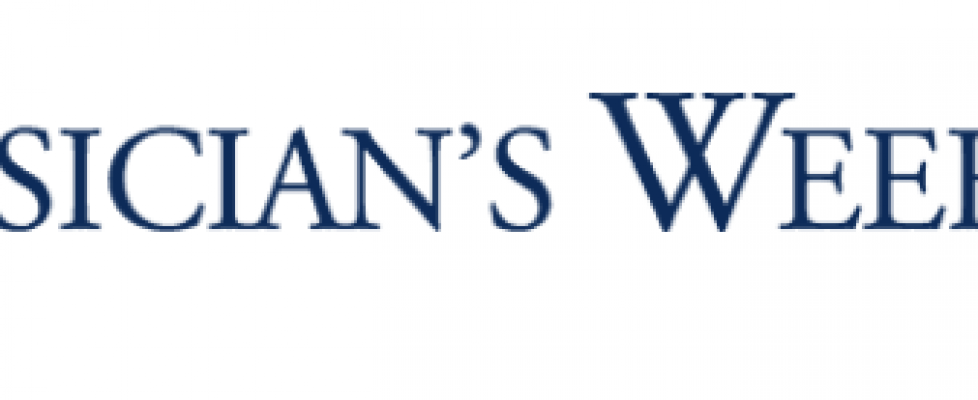A Novel Response to Emergency Treatment & Transport
Jun 6, 2020
Currently, Medicare fee-for-service (FFS) pays for ambulance services only when patients are transported to covered destinations, mainly the ED. This incentive of traditional ambulance transportation limits the flexibility of ambulance providers and suppliers from addressing emergency healthcare needs of Medicare beneficiaries following a 911 call in a way that may more appropriately meet an individual’s needs, while also increasing the number of patients in hospital EDs, explains a CMS spokesperson. To address this incentive, the Center for Medicare and Medicaid Innovation is launching the Emergency Triage, Treat, and Transport (ET3) Model. “ET3 is designed to provide Medicare FFS beneficiaries access to more options in appropriate care delivery, while helping to maintain emergency care efficiency,” adds Dr. Doetzer.
ET3 Structure
The launch and demand for ET3 is outlined in The Annals of Emergency Medicine. ET3 is a national, 5-year model that will test Medicare payments to ambulance suppliers and providers. The program will not pay emergency medical service (EMS) professionals (eg, paramedics) directly. Participating ambulance suppliers and providers must enroll in the program and partner directly with alternative care destinations and clinicians.
The system will further address patients’ needs by evaluating patient-provided information and administering necessary care, such as transport to alternative destinations (eg, Federally Qualified Health Clinics and sobering centers) and treatment in place in conjunction with a qualified healthcare professional (NP, PA, MD, DO) on site or through telehealth (Table). Once participants have provided the needed services by transporting an eligible Medicare FFS beneficiary to an alternative destination site (normal payment rules) or at the scene of a response, they will bill CMS.
“The ability for healthcare professionals, such as emergency physicians, to render care to patients on site or via telehealth, and to transport to alternative destinations, creates flexibility and represents novel treatment delivery services,” highlights Dr. Doetzer. “The Innovation Center will monitor quality and safety to ensure beneficiary safety, encourage positive healthcare change, and safeguard against fraud and abuse.”
Alternative Destination Transport & Treatment in Place
Currently, patients with low-acuity medical complaints such as sprained ankles and dental pain are routinely brought to the ED by ambulance. The ET3 Model enables eligible Medicare FFS beneficiaries with such low-acuity medical complaints to be treated at the scene of an ambulance response or transported by ambulance to an alternative medical destination that might provide a quicker resolution of pain for the patient, reducing the number of patients seeking care in the ED. Medicare FFS beneficiaries with appropriate low-acuity complaints will benefit from a broader range of healthcare treatment options, while contributing to the ability for patients with high-acuity conditions, such as heart attacks, to be efficiently transported to the ED.
Triage
“Through the triage element of the ET3 Model, 911 callers with appropriate concerns may be linked directly with the relevant community resource without requiring initiation of an ambulance transport,” explains Dr. Doetzer. Successful implementation of medical triage lines will limit the number of avoidable ambulance initiations so that EMS personnel can focus on high-acuity incidents. A separate funding opportunity for this element of the model is anticipated to begin accepting applications in spring 2020.
“Because of the current payment and regulatory EMS landscape, the ability has been limited for EMS to implement medical triage lines, provide alternative destination transport, and treat beneficiaries with emergent but low-acuity healthcare needs in the field,” adds Dr. Doetzer. “Now, healthcare professionals who are engaged with ET3 Model participants will have the ability to work with participating ambulance providers and suppliers to render more appropriate and effective care.”

